As the New Zealand and Australian wine industries look to achieve net-zero carbon emissions by 2050, a simple tool, designed in California, is helping producers calculate
greenhouse gas emissions.
By Simone Madden-Grey
In 2015, California-based Jackson Family Wines (JFW) conducted its first-ever carbon footprint inventory. In doing so, the company developed a means of calculating where and how the winery was expending its energy and identifying areas in which the company could reduce greenhouse gas emissions (GHG). JFW then worked with International Wineries for Climate Action (IWCA) to use that experience and knowledge to fine tune the process, develop an easy-to-navigate version and make it more widely available. Yealands Wines in Marlborough, New Zealand, also an IWCA member, has since sponsored adaptation of the IWCA calculator for use in New Zealand and Australia.
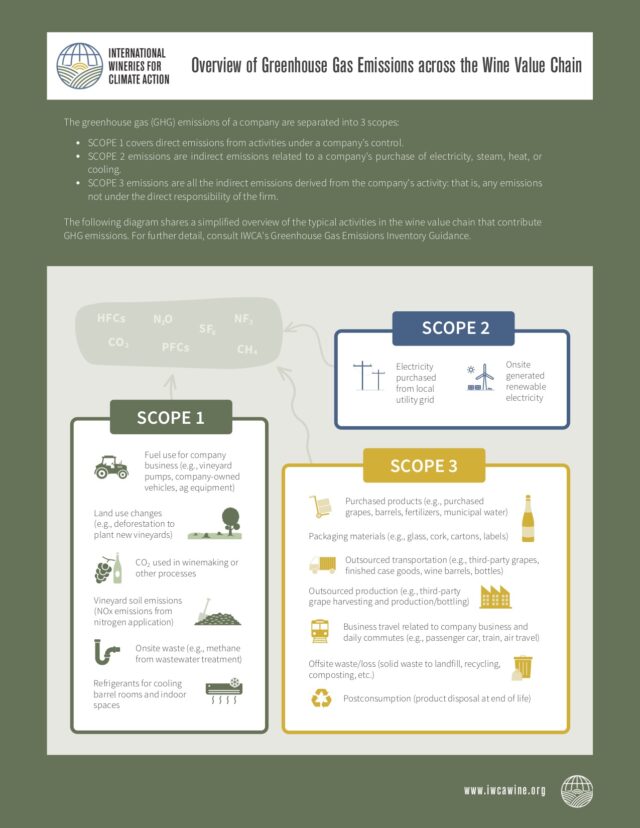
The IWCA calculator is a multi-tab Excel spreadsheet with step-by-step instructions and pre-populated calculations based on region-specific emissions factors. Wineries enter their data in each tab and the pre-populated formulas calculate the GHG associated with each activity. The data is converted to metric tons of carbon dioxide equivalent (MT CO2e) and rolled up to the Summary tab, where high-level insights are presented in tables, charts and a comparative view against the IWCA average. Once a baseline calculation is completed, the calculator can also be used to model or predict how changes to business operations might reduce emissions.
Developing the calculator
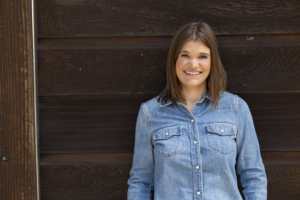
According to Katie Jackson, senior vice president corporate social responsibility for Jackson Family Wines, the calculator was created in response to feedback from IWCA membership. Smaller producers, in particular, were daunted by the annual greenhouse gas emissions reporting and auditing requirements. To streamline the process, JFW (in partnership with fellow California wine companies Silver Oak Cellars and Spottswoode Wines), worked with Josh Prigge, principal at Sustridge Sustainability Consulting, to modify its existing calculator and create a more user-friendly version.
Prigge says that regional and national emission factors, Greenhouse Gas Protocol and best practices used by IWCA members informed the development of the calculator. “Without consistent methodology for inventories, it would be considerably more difficult for companies to benchmark their performance against the IWCA average and against other members,” he says. The calculator is free for all to download, but IWCA members receive additional support from Sustridge Consulting as well as the benefit of collective problem solving.
Demystifying the process

In Marlborough, Michael Wentworth, general manager sustainability and strategic projects, says Yealands was keen to support the adaptation of the calculator. “We wanted to develop a tool that had rigor, had been tested, was science-based and was accessible to everyone wanting to make a difference,” he says. Based on the IWCA calculator, Wentworth worked with Prigge to develop two calculators, one each for New Zealand and Australia. Emission factors and best practices specific to each country were drawn from the government publications Measuring Emissions: A Guide for Organizations (New Zealand) and National Greenhouse Accounts Factors (Australia). Each calculator was then ratified by Lloyds of London before release.
Felton Road in Central Otago, NZ, has just begun working with the calculator. “It is very easy to use”, says Proprietor Nigel Greening. “It lets the user understand the whole process in more depth — to identify weaknesses and to quantify how easy it is to address them.” As an example, he says that, after using the calculator, they realized ride-sharing by employees would save more carbon than a huge capital investment in equipment. He sums up his experience with the calculator as “an enormous step toward demystifying the process, making it faster and more cost effective.”
Good data yields good information
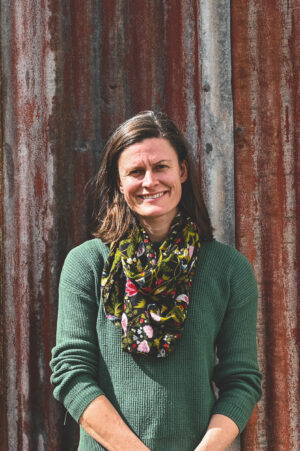
Voyager Estate in Margaret River is among the first wineries to use the Australian calculator, released in March 2022. Michelle McManus, Voyager Estate sustainability manager, appreciates that the calculator’s focus is very much on actual data. The level of granularity means a high level of detail is required, but McManus describes the process as “very step-by-step. Just like anything, it’s only as good as the information that goes in.”
The focus during the first year of using the calculator at Voyager Estate is on attaching data input to existing data collections, whenever possible, or tweaking established processes to capture the necessary data. McManus says most of the information already exists within the business, which would be true regardless of size. The task ahead is to streamline processes to ensure data can be readily extracted from its systems.
Creating a path to the future
Although still in early days, McManus says it’s clear from using the calculator that packaging and transportation, followed by electricity and fuel, will drive change across the business. This is echoed by Jackson, who says the tool assisted in identifying those same hot spots at Jackson Family Wines, where lightweight bottles have already been implemented. Future adaptations in packaging at Jackson Family Wines will offer a further 5 percent to 13 percent reduction in related emissions. Jackson says two of JFW’s biggest distributors have also been engaged to work on reducing transport-related costs. The lessons learned in these discussions will be shared with the wider IWCA membership.
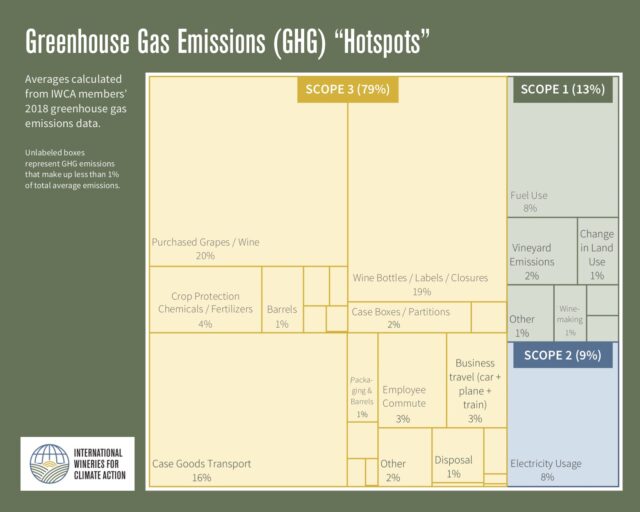
The reduction of carbon emissions is a universal goal for the wine industry. A unified, consistent measuring of emissions, along with low cost, easy to use tools and collaborative sharing of data and experience will be crucial in bringing the wine industry together to achieve net-zero carbon emissions.
__________________________________________________________
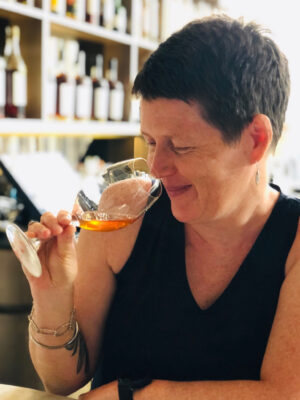
Simone Madden-Grey
Based in Melbourne, Australia, Simone Madden-Grey writes about the people, places and stories she has discovered on her travels. Her portfolio can be found at happywinewoman.com, including articles on climate and sustainability in the wine industry, as well as the wines, regions and gourmet destinations of Australia and her home country, New Zealand.

















